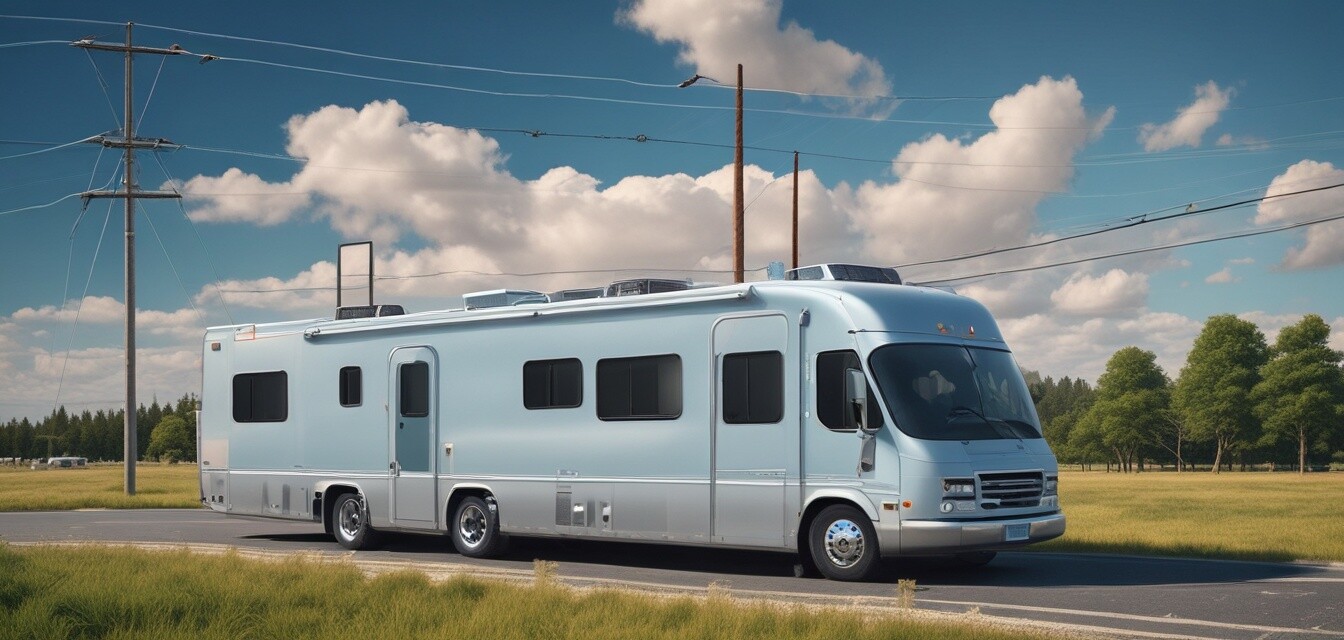
Connecting Your RV Solar System to the Grid
Key Takeaways
- Understand the basics of grid connection for your RV solar system.
- Learn about the necessary components for a safe and effective connection.
- Explore the benefits of connecting your RV solar setup to the grid.
- Discover essential safety guidelines to follow.
- Identify common pitfalls and how to avoid them.
As solar energy becomes increasingly popular among RV enthusiasts, many RV owners are looking to harness the power of the sun. Connecting your RV solar system to the grid can enhance your energy independence and provide additional benefits. In this guide, we will discuss how to do this safely and effectively, along with the various considerations and advantages of connecting your system to the grid.
Understanding the Grid Connection Basics
Connecting your RV solar system to the grid involves a few key components that ensure you can use both solar energy and grid power as needed.
Components Required for Grid Connection
| Component | Description |
|---|---|
| Inverter | Transforms DC current from solar panels into AC current for household use. |
| Grid-Tie System | Allows you to connect your solar system to the utility grid, enabling energy exchange. |
| Safety Switches | Ensures safe operation and disconnection from the grid during outages. |
| Net Meter | Tracks energy production and consumption, often allowing you to earn credits. |
Benefits of Connecting Your RV Solar System to the Grid
Connecting your RV solar system to the grid offers numerous advantages:
- Energy Independence: Take advantage of solar energy while still having grid backup.
- Cost Savings: Reduce your electricity bill through net metering.
- Room for Expansion: Ability to upgrade your solar capacity easily.
Safety Guidelines for Connecting to the Grid
It’s essential to follow safety guidelines when connecting your RV solar system to the grid. Here are some key considerations:
- Consult with a licensed electrician to ensure compliance with local codes.
- Ensure proper grounding of your system to prevent electrical hazards.
- Install safety switches and circuit breakers to prevent overloads.
Common Pitfalls to Avoid
While connecting your RV solar system to the grid can be rewarding, there are common pitfalls to be aware of:
- Ignoring local regulations and codes can lead to legal issues.
- Underestimating the required components can result in a suboptimal system.
- Neglecting regular maintenance can diminish performance and safety.
Conclusion
Connecting your RV solar system to the grid is a practical step towards maximizing energy efficiency and independence. By understanding the necessary components, safety precautions, and potential pitfalls, you can enjoy the benefits of solar power while having grid support when you need it. For more insights on enhancing your RV solar setup, check out our other related articles like Battery systems for RV solar and Installation tips.
Pros
- Enhances energy independence.
- Cost-efficient with potential savings from net metering.
- Offers additional power during demand peaks.
Cons
- Initial installation may require significant investment.
- Requires strict adherence to local electrical codes.
- May need ongoing maintenance and monitoring.
Further Resources
For additional reading, explore these topics: